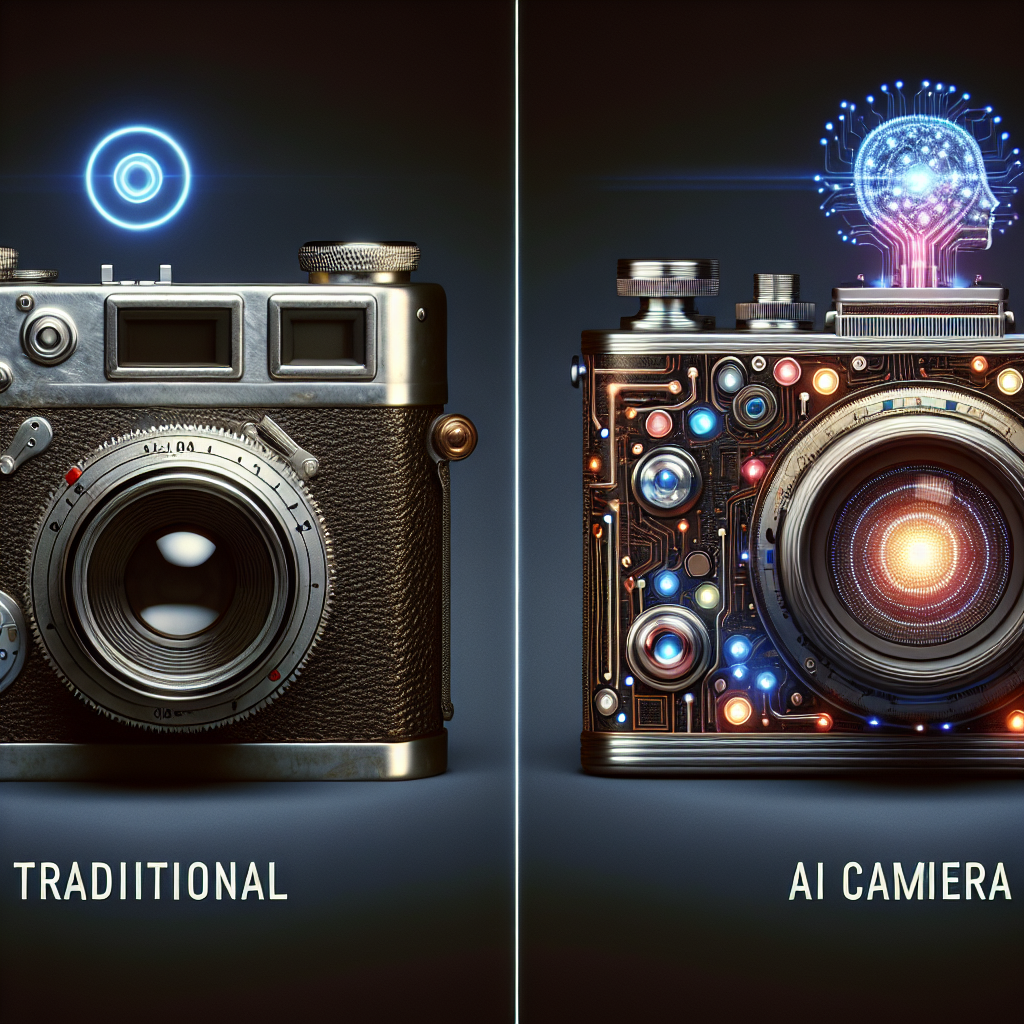In an era of rapid technological advancements, the photography world is undergoing significant changes due to artificial intelligence (AI). As photographers weigh the benefits of AI-driven cameras against traditional ones, the ongoing debate over which is superior persists. This article examines the advantages and disadvantages of both AI cameras and traditional models, aiding you in determining the best option for your needs.
Understanding the Fundamentals
Traditional Cameras
Traditional cameras, such as DSLRs and mirrorless types, utilize mechanical and optical technologies to capture images. They provide an array of manual controls that enable photographers to fine-tune settings like exposure, aperture, and shutter speed for their desired effect. Many enthusiasts value traditional cameras for their tactile interaction and the artistic freedom they offer.
AI Cameras
AI cameras leverage advanced algorithms and machine learning to elevate the photography experience. These devices can automatically modify settings and boast features such as scene recognition, object tracking, and image processing optimization. Popular examples include smartphones and compact cameras with integrated AI functionalities.
Benefits and Drawbacks
AI Cameras
Advantages
- User-Friendly: Tailored for both amateurs and pros, AI cameras often require minimal settings. Features like auto scene detection and image enhancements allow you to capture impressive shots with ease.
- Effortless Sharing: Equipped with built-in connectivity, AI cameras facilitate quick sharing of photos on social media or cloud platforms.
- Smart Features: Many AI cameras automatically recommend filters and adjustments tailored to the scene and subject, making them beginner-friendly.
Drawbacks
- Limited Manual Control: While automatic features are beneficial, they can restrict the creative freedom of photographers. Those who appreciate manual adjustments may find AI cameras restrictive.
- Reliance on Software: Heavy dependence on algorithms can lead to inconsistencies stemming from software updates or glitches. AI might misinterpret certain scenes, resulting in suboptimal outcomes.
Traditional Cameras
Advantages
- Creative Freedom: Traditional cameras provide full manual control, allowing for extensive experimentation in photography. Serious enthusiasts can customize every facet of their shots.
- Durability and Build Quality: Many traditional cameras feature robust constructions, weather sealing, and interchangeable lenses, making them suitable for diverse shooting environments.
- Superior Image Quality: High-end traditional cameras typically have larger sensors that can deliver exceptional image quality, particularly in low-light conditions.
Drawbacks
- Steep Learning Curve: Mastering manual controls requires a level of skill and understanding, which can be intimidating for newcomers.
- Lack of Portability: Traditional cameras tend to be bulkier and heavier, rendering them less portable than many AI-driven alternatives.
Which Option is Right for You?
For Casual Photographers
If your focus is on sharing moments on social media or you prefer a simplified camera experience, an AI camera would likely be your best option. They are easy to use, making them ideal for capturing everyday moments without needing extensive photography skills.
For Serious Enthusiasts and Professionals
If you are dedicated to photography and desire full creative control over your images, a traditional camera is the right choice. The ability to adjust manual settings and utilize various lenses provides greater creative freedom and opportunities for artistic expression.
The In-Between Option
A hybrid approach might also be worthwhile. Many traditional cameras now come with AI functionalities, providing users the advantages of both systems. You can leverage advanced AI features while retaining the option to switch to manual settings as needed.
Final Thoughts
In the end, the decision between AI cameras and traditional cameras depends on your specific photography goals and needs. While AI cameras offer accessibility and convenience, traditional cameras deliver depth and variability that can enrich your photographic experience. Reflect on your priorities—whether they favor ease of use or creative control and quality—before selecting the option that best fits your photographic journey.

